
Is there a genre you haven't tried writing in yet that you really want to try? If so, do you plan on trying it?
With regards to younger readers, I've seen some questions lately about writing for middle graders vs young adults, and people wondering what the difference is. This article might help.
“Let your impossible standards crash to the ground.
Then pick a few meaningful tasks from the rubble
and get started on them today.”
~Oliver Burkeman, Four Thousand Weeks: Time and How to Use It
Happy Writing!










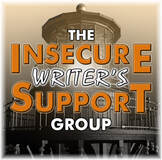




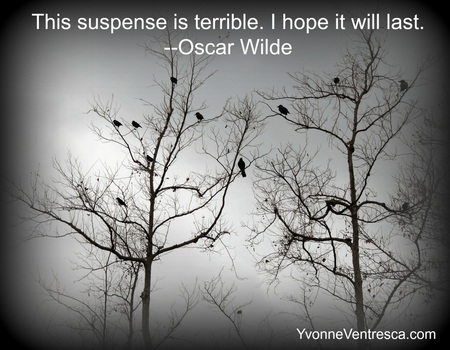




















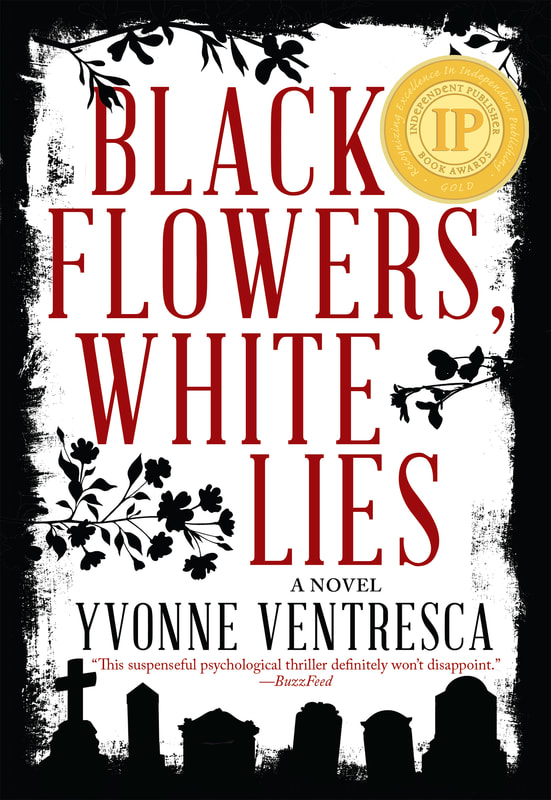
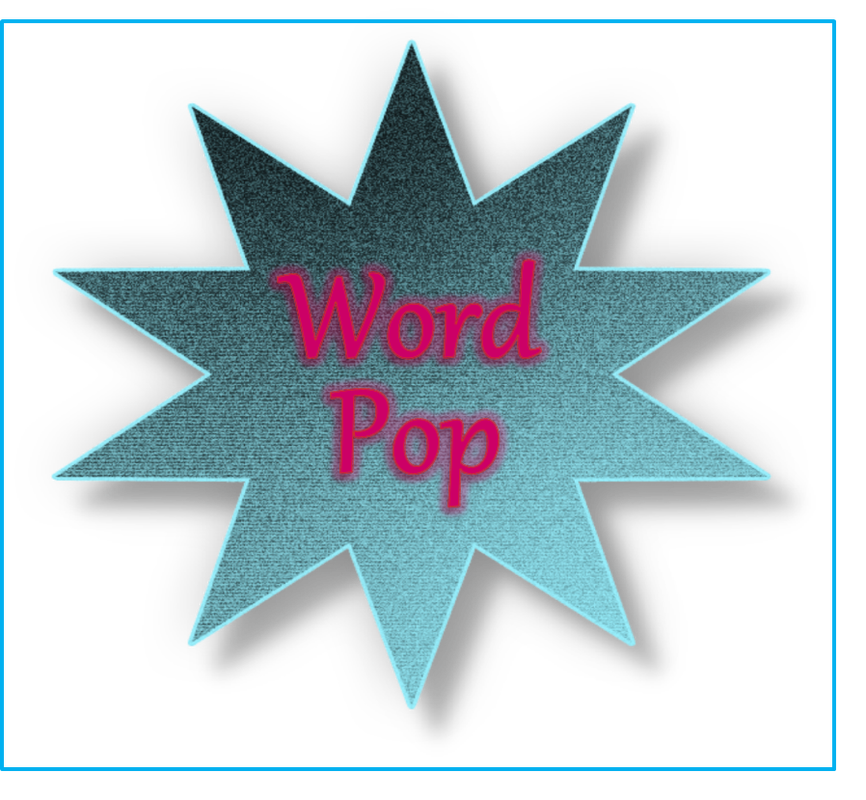
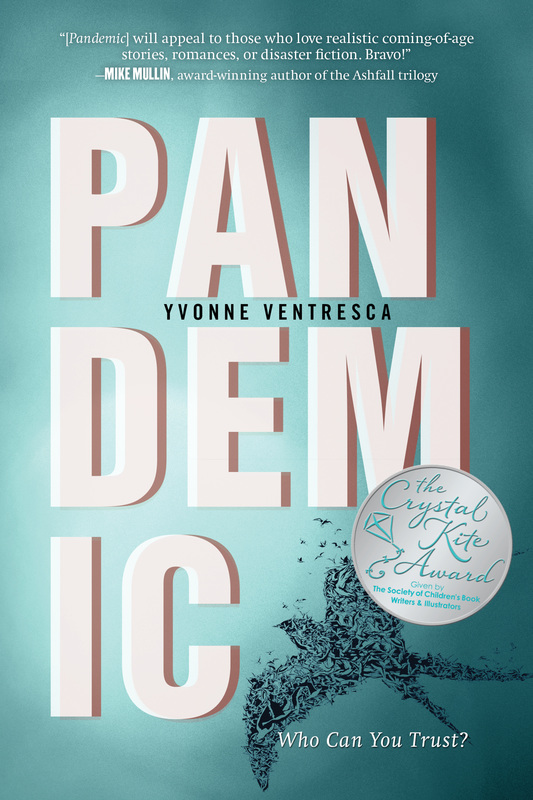
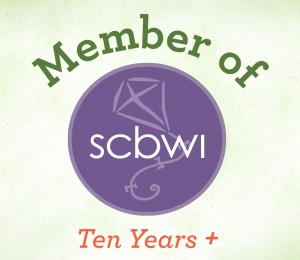

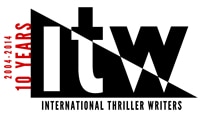
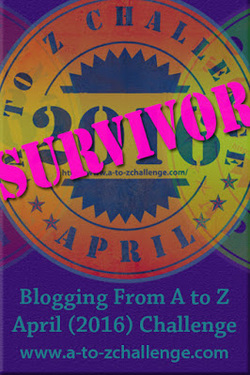
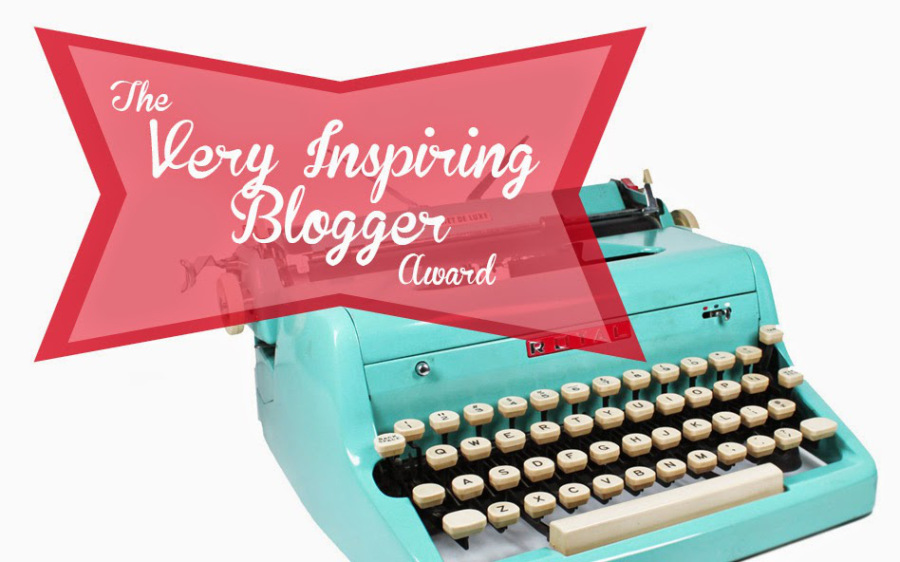
 RSS Feed
RSS Feed